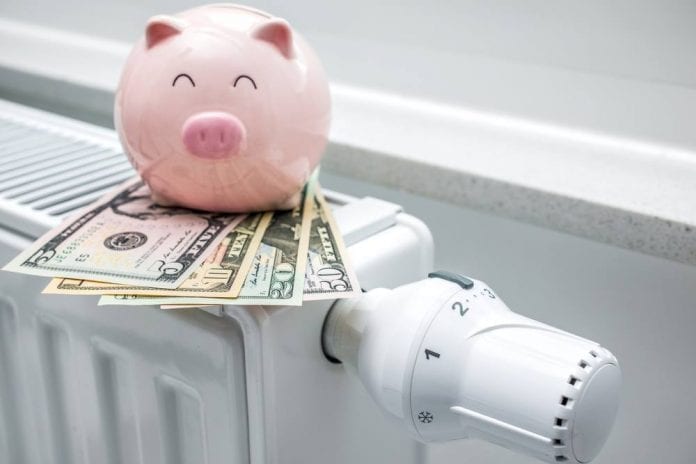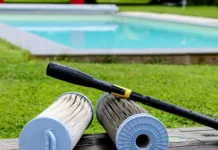The comforts of your heating system during the winter months comes with a price. The rising energy costs will surely make the cold months expensive.
But there are ways to wiggle out of this and save money on heating costs. When we’re talking about energy savings, sometimes it’s the simple things that matter when you want to reduce the costs of heating your home. Here are some ways to reduce your winter heating bill.
Maintain Your HVAC System
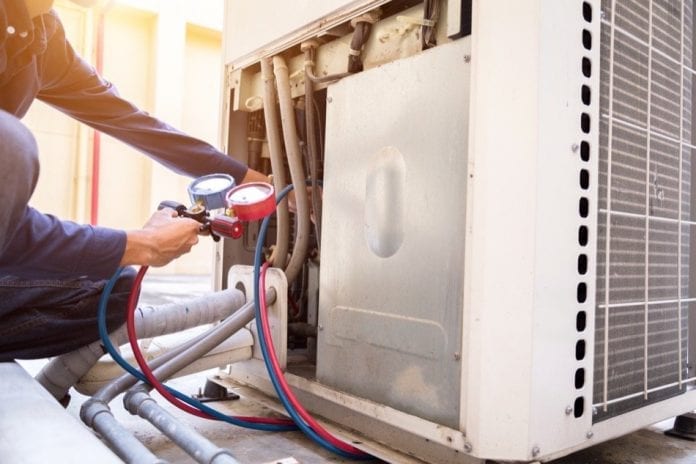
Grime and poor maintenance are the major reasons for an HVAC malfunction. When your HVAC system goes through routine maintenance, minor issues are dealt with before it turns into a major problem.
Check air filters regularly
Clean air filters permit a free flow of air in your heating and cooling system, moving conditioned air through the vents to your rooms. It will prevent grime from entering and building in the system that triggers a breakdown and pricy repairs. Change air filters whenever it is dirty, especially during summer and winter months when the unit is often running.
If you are unsure on how to correctly change your air filters in your HVAC unit, then you may require the help of an air conditioner cleaner to do the job properly. Getting your aircon cleaned by a professional will eradicate any dirt and debris that is clogging the internal components preventing the AC from operating correctly. On top of this, they will have you and your family breathing clean, healthy air again!
Turn up your HVAC equipment
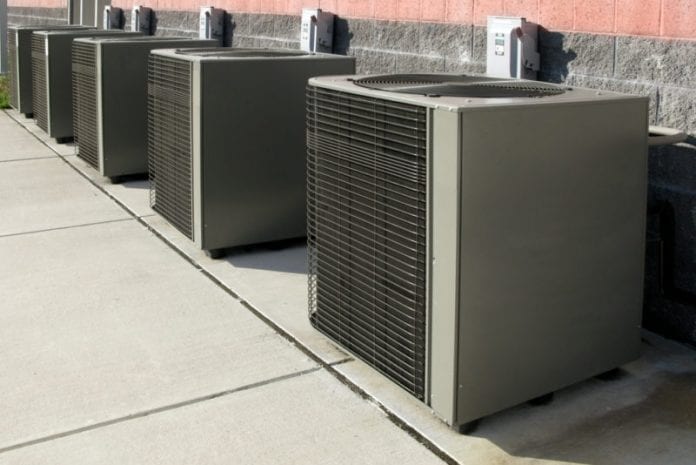
Check the cooling system to be aware of unexpected noises and obnoxious scent. It’s best to work with a heating repair services contractor like Elite Heating And AC to prevent future problems.
Turn the Thermostat Setting Down
Per Energy.gov turning back your thermostat setting by 4-8 degrees Fahrenheit for at least 8 hours a day will cut your electric bills by about 10 percent per year or 1 percent per month. The cut back period can be during your working time at the office or at school, or while sleeping.
Enjoy greater benefits from a programmable thermostat by setting temperatures to fit your schedule. You can regulate temperature remotely and save money.
Here is a guide from energy.gov on the settings to save energy.
| Setting | Time | Setpoint Temperature (Heat) | Setpoint Temperature (Cool) |
| Wake | 6:00 a.m. | <70°F | <78°F |
| Day | 8:00 a.m. | Setback at least 8°F | Setup at least 7°F |
| Evening | 6:00 p.m. | <70°F | >78°F |
| Sleep | 10:00 p.m. | Setback at least 8°F | <Setup at least 4°F |
Seal and Insulate Your Home
You can save up to 10 percent on your annual energy bill by sealing your home that includes the outer walls, ceiling, windows, and floor. Relish the comforts of a temperate indoor environment and the efficiency of a conditioned heat and cooling system.
Check your attic, windows, and doors for air leaks. There are gaps in the attic, basement, and tight spaces that only a trained eye can spot. A heating repair services provider will seal those openings with caulk, spray foam, or weather stripping. Stopping those air leaks will make your home more comfortable and reduce electric consumption.
Insulation will keep the cold air out and the hot air in. This will reduce your energy consumption can be a tax-deductible home improvement depending on the type of insulation you used.
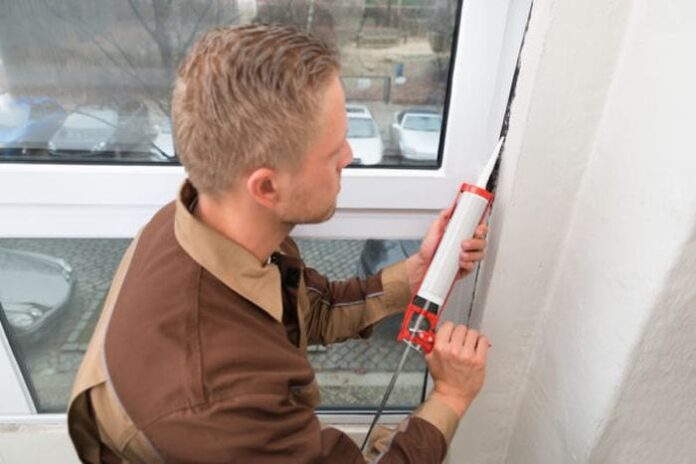
Seal and Insulate Your Ducts
About 20 percent of conditioned air is wasted due to leaks, holes, and poorly connected ducts. The outcome is high energy bills, a faulty HVAC system, and an uncontrolled indoor temperature.
Since ducts are installed on ceilings, walls, attic, and tight spaces it will be hard for homeowners to repair defects by themselves. Save yourself from those physical activities and possible substandard ductworks by hiring a heating repair services provider.
There will be losses in heated air when ducts are non-insulated.
Use Your Fireplace to Keep Warm
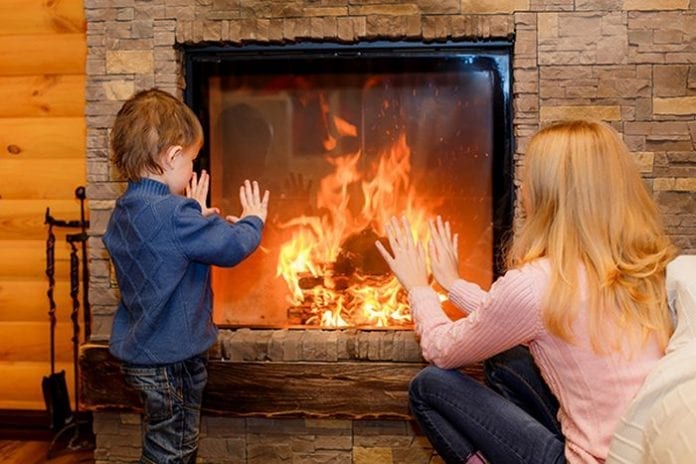
Save on electricity by using a fireplace or wood stove to keep warm. Inspect and clean the chimney to prevent a fire hazard. Be sure to close the damper to block the entry and exit of air.
Circulate Air with Fans
Set your fan to low and direct it upwards toward the ceiling, warm air rises and settles on top of the ceiling, the fan air will force the warm air downwards leaving your space feeling warm,
Keep Vents Clear
Your vents should not be blocked by any furniture, boxes, or large objects. The conditioned air should move freely to enjoy the benefit of the warm air and to avoid overextending the unit.
Clean Vents
An unkempt vent is a habitat to allergens and acts as an insulator by blocking the passage of air. Cleaning the vents will remove built-up dust and allows the clean air to drift into your rooms.
Check the Windows
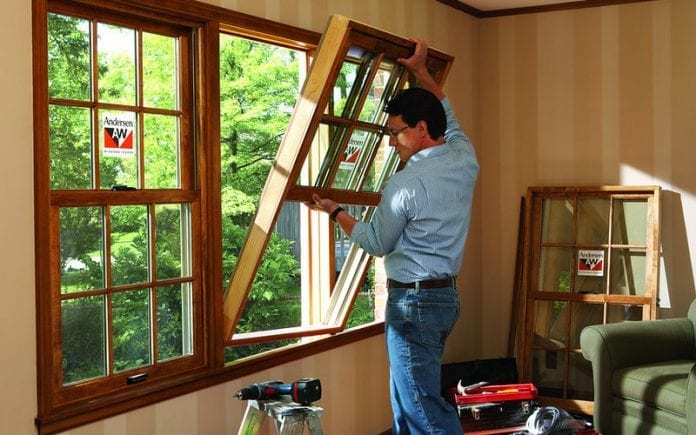
Windows are sources of heat loss in a house. You can reduce this by opening the curtains and let the sunshine come into your house and heat it during the daytime. At night, close the curtains and blinds to insulate and retain the heat inside the house.
While at it, observe your landscape and consider a windbreak project. Trees and shrubs that are cleverly distributed will block the wind and snow from reaching the house.
Close the Door
Shut the door and close the vent when you are out of the room, there’s no use in heating it. When you are inside you shut the door and open the vent to keep the warm air inside. Closing the entryway can build the warmth in the space by withholding your body temperature, the heat from the light, and other apparatus like a tablet or PC.
Use Space Heaters
A space heater will cancel out the chill in your room and you can turn the heater further down to 55. Some space heaters can warm the room quickly and can make you feel like you are sitting in front of a hairdryer. Practice caution when using space heaters; do not let the backside touch the wall, and keep away from flammable objects and children.
Use Humidifiers
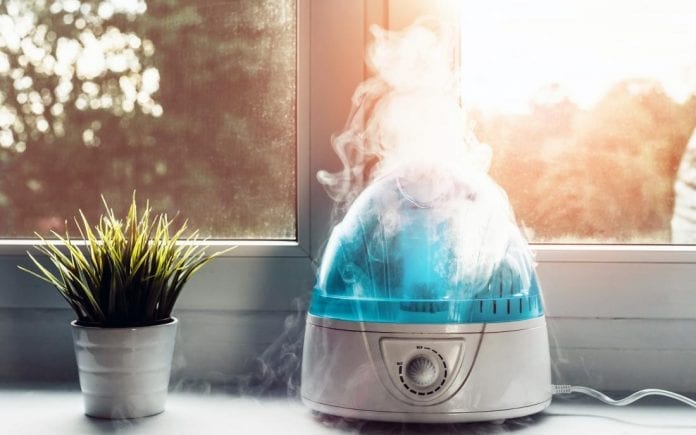
Humidifiers produce humid air which can make you feel warmer than dry air and can help reduce your energy bills during the winter months. Humidity can stop wallpaper from breaking and static electricity from spreading.
Choose the Right Contractor
Nobody wants to deal with a dud heating repair services contractor, here’s what you need to look for in a reputable contractor.
- Visit the site and prepare a bid in a reasonable time frame.
- Provide the names of customers who hired their services.
- Show that the company is licensed and insured to repair heating and cooling equipment.
- Have years of experience.
- Clearly explain the scope of work that includes labor, materials, and duration.
- Describe the benefits of regular maintenance.
